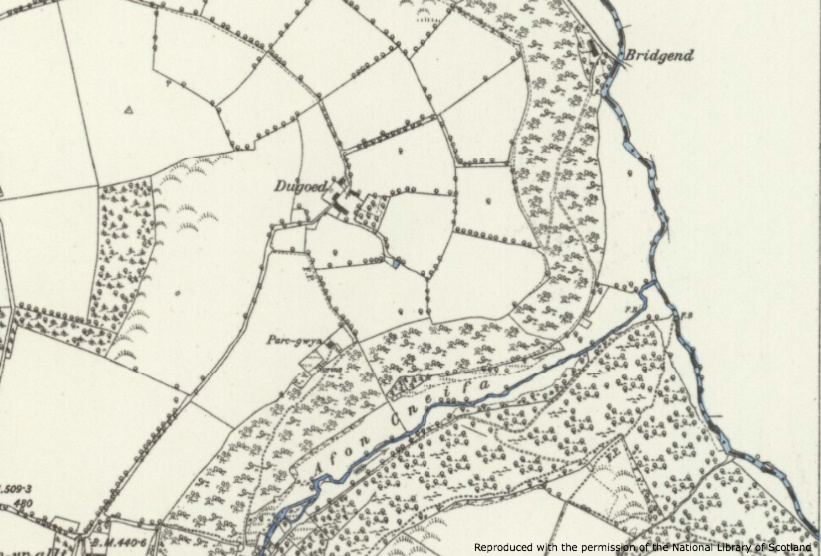
Climate commitment: EJF buys ancient woodland
EJF is dedicated to tackling climate change in every way possible. That means not only working at the highest level of international policy and documenting the plight of climate refugees around the world, but also making commitments as an organisation.
To stay true to this, EJF has purchased an ancient woodland in Wales that will not only capture and store carbon, reducing our carbon footprint, but also provide habitat for a huge diversity of wildlife.
Highgate wood covers four acres on the western bank of the River Cych in Pembrokeshire, South Wales. Dominated by oak, the woodland also has a mix of many other broadleaf trees, such as beech, birch and ash.
Our first rough estimates suggest that the wood is currently storing around 3,000 tonnes of carbon, including both the soil and the trees, and that as time goes by it should continue to capture approximately 10-13 tonnes every year.
This huge storage of carbon in the soil and trees is something a fast-growing monoculture plantation could not provide, and on top of this, protecting ancient woodland preserves the delicate balance of a rich forest ecosystem that can only develop over hundreds of years.
The true age of the EJF woodland is unknown, but our investigations have uncovered a map dating from 1888 showing the wood, making it at least 130 years old. In fact, there is evidence that it is much older than that: on the first visit to the woodland the team took measurements of a sample of the trees, including a beech tree with a girth of 3.5 metres. That could make it as much as 280 years old.
Forests cover around 4.1 billion hectares of the Earth’s surface and are estimated to store around 80% of all above ground carbon and 40% of that in soils. Not only do they capture up to a third of the CO2 we pump into the atmosphere, they provide us with air to breathe and water to drink, they prevent flooding and erosion, clean up air and soil pollution, and give us vital medicines.
In the UK, ancient woodland is home to more threatened wildlife than any other terrestrial habitat. With hundreds of years to develop, ancient woodlands become complex systems of flora, fauna, bacteria and fungi. In the very brief initial survey of Highgate wood we have already found 23 species of wildflowers, 11 species of trees, 8 species of birds, and badger sett or fox den. We will be returning to the woodland in the coming months to establish a more accurate record of the wildlife that calls the woodland home.
EJF fights for the rights of climate refugees and climate action on an international scale, but we also believe that every individual person and organisation can make a difference.
Find out how you can help here.
SIGN UP FOR OUR EMAILS AND STAY UP TO DATE WITH EJF

